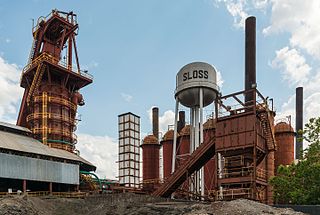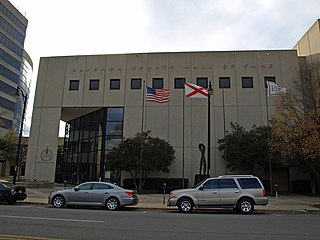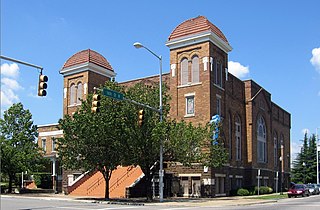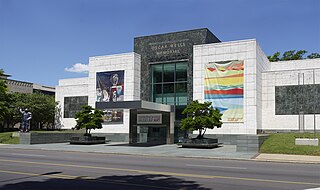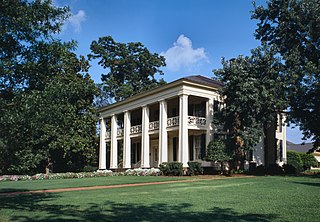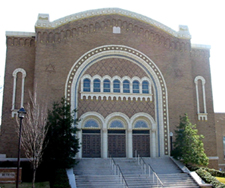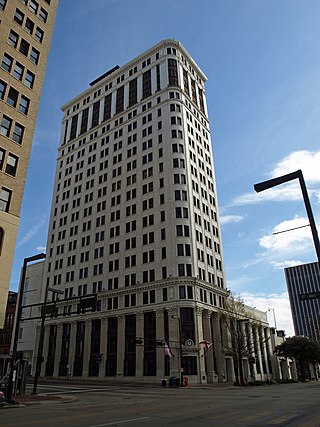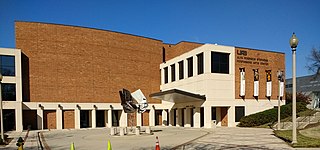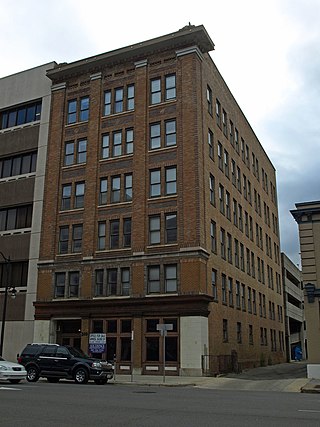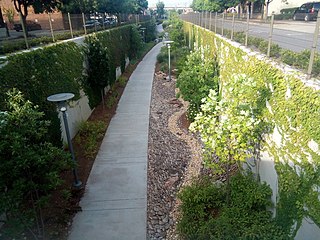11 Sights in Birmingham, United States (with Map and Images)
Legend
Welcome to your journey through the most beautiful sights in Birmingham, United States! Whether you want to discover the city's historical treasures or experience its modern highlights, you'll find everything your heart desires here. Be inspired by our selection and plan your unforgettable adventure in Birmingham. Dive into the diversity of this fascinating city and discover everything it has to offer.
Sightseeing Tours in BirminghamActivities in BirminghamSloss Furnaces is a National Historic Landmark in Birmingham, Alabama in the United States. It operated as a pig iron-producing blast furnace from 1882 to 1971. After closing, it became one of the first industrial sites in the U.S. to be preserved and restored for public use. In 1981, the furnaces were designated a National Historic Landmark by the United States Department of the Interior.
The Alabama Sports Hall of Fame (ASHOF) is a state museum located in Birmingham, Alabama, dedicated to communicating the state’s athletic history. The museum displays over 5,000 objects related to athletes who were born in Alabama or earned fame through athletics that reflects positively upon the state, usually through excellence at an educational institution or sporting event in Alabama. The ASHOF was established by state legislative act on August 14, 1967.
Wikipedia: Alabama Sports Hall of Fame (EN), Website, Facebook
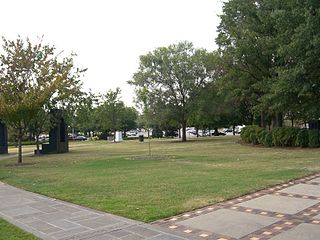
Kelly Ingram Park, formerly West Park, is a 4 acres (1.6 ha) park located in Birmingham, Alabama. It is bounded by 16th and 17th Streets and 5th and 6th Avenues North in the Birmingham Civil Rights District. The park, just outside the doors of the 16th Street Baptist Church, served as a central staging ground for large-scale demonstrations during the American Civil Rights Movement of the 1960s.
4. Sixteenth Street Baptist Church
The 16th Street Baptist Church is a Baptist church in Birmingham, Alabama, United States. In 1963, the church was bombed by Ku Klux Klan members. The bombing killed four young girls in the midst of the Civil Rights Movement. The church is still in operation and is a central landmark in the Birmingham Civil Rights District. It was designated as a National Historic Landmark in 2006. Since 2008, it has also been on the UNESCO list of tentative World Heritage Sites.
5. Birmingham Museum of Art
The Birmingham Museum of Art is a museum in Birmingham, Alabama. Its collection includes more than 24,000 paintings, sculptures, prints, drawings, and decorative arts representing various cultures, including Asian, European, American, African, Pre-Columbian, and Native American. The museum is also home to some Renaissance and Baroque paintings, sculptures,and decorative arts from the late 13th century to c. 1750.
6. Arlington Antebellum Home and Gardens
Arlington Antebellum Home & Gardens, or Arlington Historic House, is a former plantation and 6 acres (24,000 m2) of landscaped gardens near downtown Birmingham, Alabama. The two-story frame structure was built by enslaved people between 1845–50. Its style is antebellum-era Greek Revival architecture. The house serves as a decorative arts museum, featuring a collection of 19th-century furniture, textiles, silver, and paintings. The garden features a restored garden room that is used for special events. The house was added to the National Register of Historic Places on December 2, 1970, as Arlington, and has also been known as the Mudd-Munger House.
Wikipedia: Arlington Antebellum Home & Gardens (EN), Website
7. Temple Beth-el
Temple Beth-El is a Conservative synagogue located in Birmingham, Alabama, in the United States. Founded in 1907, Temple Beth-El is a member of the United Synagogue of Conservative Judaism. Temple Beth-El is the only Conservative-affiliated synagogue in Birmingham, and one of only four Conservative synagogues in Alabama.
Wikipedia: Temple Beth-El (Birmingham, Alabama) (EN), Website
8. First National-John A. Hand Building
John Hand Building is a mixed-use high rise building in Birmingham, Alabama, USA, with a height of 287 feet (87 m). It was the tallest building in the city until surpassed by the City Federal Building in 1913. It comprises 20 floors and was completed in 1912. The lower eight floors are for commercial use and the upper twelve floors are for residential use. In 1983, the building was added to the National Register of Historic Places.
9. Alys Stephens Center
The Alys Robinson Stephens Performing Arts Center (ASC) is a performing arts facility located on the campus of the University of Alabama at Birmingham (UAB). It hosts over 250,000 people for more than 300 diverse events annually. The ASC is the center for entertainment and arts education in Birmingham and Central Alabama. The facility houses four performance venues, including the 1,330-seat Jemison Concert Hall, the 350-seat Sirote Theatre, the intimate 170-seat Reynolds-Kirschbaum Recital Hall, and the black-box Odess Theatre.
Wikipedia: Alys Robinson Stephens Performing Arts Center (EN), Website
10. Alabama Penny Savings Bank
The Alabama Penny Savings Bank is a historic building built in 1913 at 310 18th Street North in Birmingham, Alabama, United States. The building has also been known as the Pythian Temple. Alabama Penny Savings Bank was the first black-owned bank in Alabama and financed construction of homes and churches for thousands of local black citizens. The bank was founded in 1890 and was the second largest black bank in the United States in 1907. The building was listed on the National Register of Historic Places in 1980.
Wikipedia: Alabama Penny Savings Bank (EN), Heritage Website
11. Rotary Trail Park
Rotary Trail is a half-mile linear park in downtown Birmingham, Alabama. The trail was predominantly funded by the Birmingham Rotary Club in honor of their centennial anniversary. The trail runs from 20th Street to 24th Street along First Avenue South and connects two major downtown areas: the 19-acre Railroad Park on one side, and Sloss Furnaces, a National Historic Landmark, on the other side. It opened in 2016.
Share
How likely are you to recommend us?
Disclaimer Please be aware of your surroundings and do not enter private property. We are not liable for any damages that occur during the tours.
